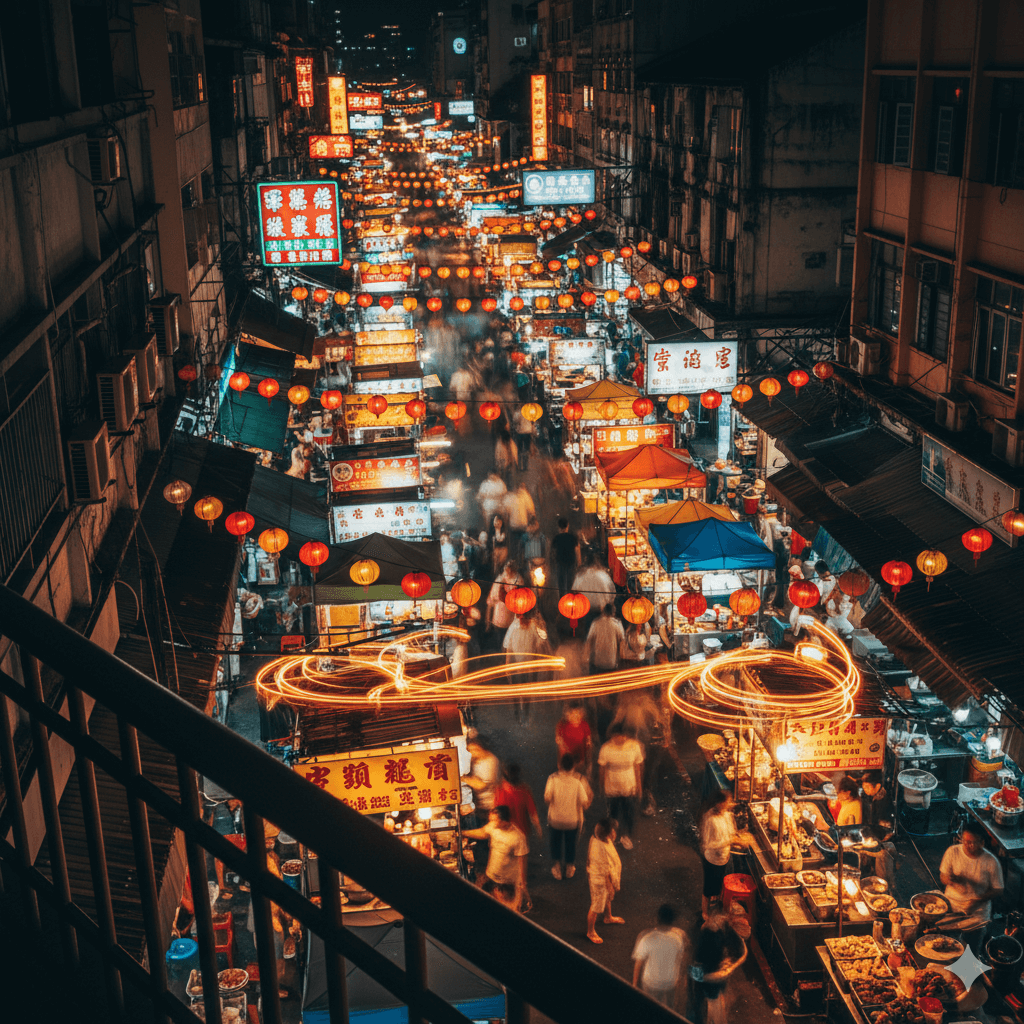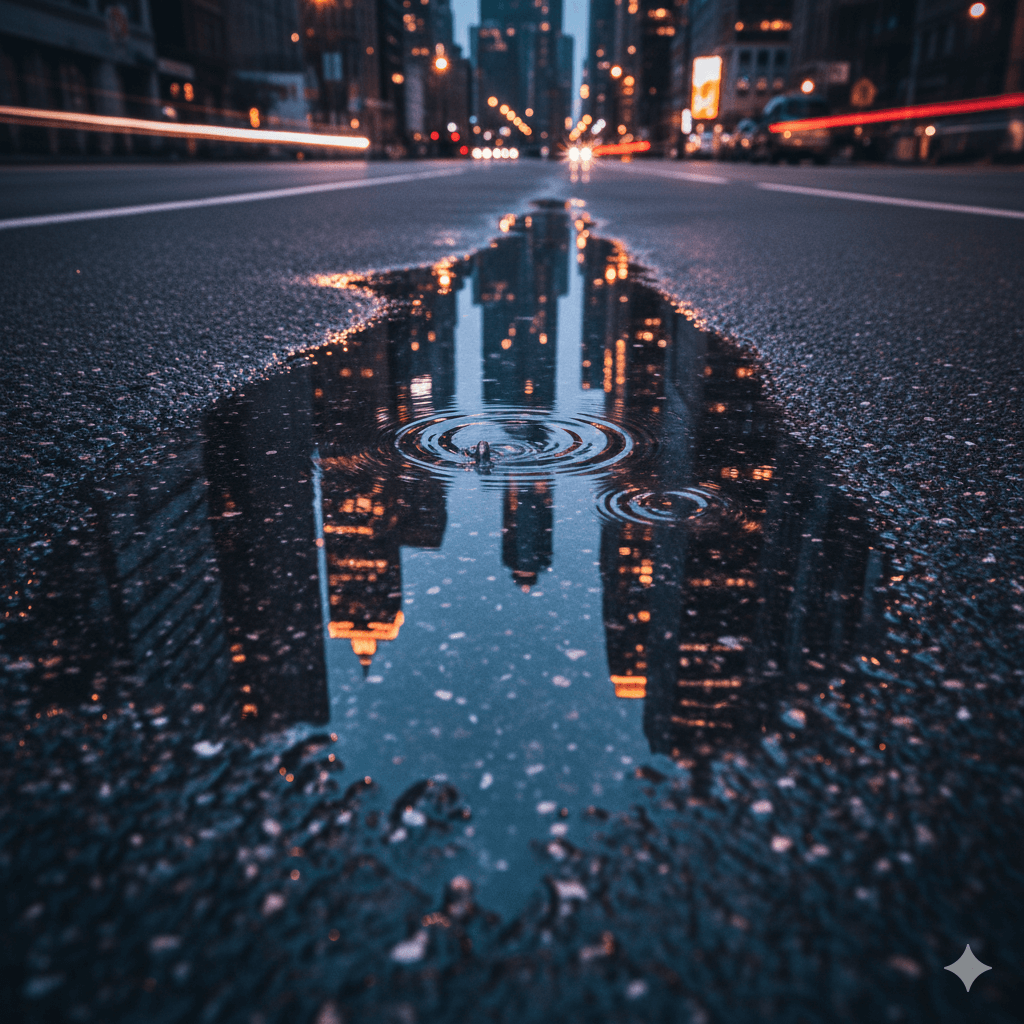The city transforms when the sun goes down. Streets once crowded with daytime bustle soften into a hum. The smell of food stalls lingers in the air, neon lights flicker to life, and music escapes from bars and windows like the city’s secret heartbeat. Traveling after dark offers a glimpse into another version of a place—more intimate, more honest, and often more alive. Night travel isn’t about danger or risk; it’s about witnessing how cities exhale when the day’s expectations fade.
For many travelers, the itinerary ends when daylight does. Museums close, guided tours wrap up, and dinner marks the finish line. But the world doesn’t sleep just because the clock says it’s time to. Some of the most memorable travel experiences happen long after the guidebooks suggest turning in. A walk-through Paris beside the Seine at midnight, a steaming bowl of ramen in Tokyo at 2 a.m., or the distant sound of a temple bell echoing through Chiang Mai at dusk— these are the moments that shape stories worth retelling.
Every city has its nocturnal rhythm. In Bangkok, it’s the laughter spilling from open-air bars and the slow clatter of woks from night markets. In New York, it’s the constant pulse of taxis and the glow of skyscrapers that refuse to sleep. Rome’s cobblestone lanes glimmer under golden streetlights, and even the fountains seem to whisper quieter secrets. The magic of nighttime travel isn’t found in big attractions but in the unexpected—street musicians playing under a bridge, a late-night bakery’s last tray of croissants, a vendor selling coffee to cab drivers under a flickering lamp.
There’s something liberating about exploring after dark. The crowd thins, and the pace slows. The noise of the day fades, leaving room for subtle details you missed before. You begin to notice the cool air brushing your skin, the echo of footsteps in an empty square, the smell of rain on old pavement. The same city that felt loud and chaotic in the afternoon becomes calm and reflective at night. It’s a reminder that places, like people, have multiple sides—and you only meet some of them when the lights dim.
Safety is the obvious concern. No traveler wants adventure to become misadventure. But exploring safely after sunset isn’t complicated. Stick to well-lit areas, keep your belongings close, and trust your instincts. Most major cities are surprisingly secure for night wanderers, especially around markets, entertainment districts, and tourist-friendly streets. There’s also a simple trick: walk with purpose. Confidence is invisible armor in unfamiliar places.
Photography enthusiasts know that night changes the game. Low light pushes creativity. Long exposures turn moving lights into rivers of color. Reflections in puddles or windows transform into dreamlike scenes. Even a basic smartphone can capture stunning night shots if you learn to work with available light—streetlamps, storefronts, passing cars. Every photo becomes less about what’s visible and more about what’s felt.
Food lovers, of course, have the best reason to roam at night. Street vendors come alive when temperatures drop. From grilled corn in Mexico City to smoky satay in Kuala Lumpur, flavors at night carry an extra thrill. There’s joy in joining locals gathered around tiny food stalls, laughing, sharing, and eating standing up. The taste feels better when you’ve earned it through a bit of wandering. Late-night food isn’t just a snack—it’s a story served on a paper plate.


For solo travelers, nights bring a mix of solitude and serenity. Sitting by a waterfront with nothing but distant city lights can be strangely grounding. It’s when thoughts settle, and observations deepen. Conversations with strangers happen more easily too; something about the night makes people more open, less guarded. A shared table at a midnight café can lead to unexpected friendships that daylight might have rushed past.
Some cities are built for night exploration. Hong Kong’s skyline glows like an electric constellation. Istanbul’s streets hum with tea houses where time slows to the rhythm of clinking glasses. Madrid’s tapas bars stay open late enough for you to lose count of the hours. In contrast, small coastal towns or mountain villages offer an entirely different charm—starlit silence broken only by waves or crickets. Both worlds deserve to be seen.
Night travel also carries emotional weight. When you walk through a city lit only by lamps and moonlight, it feels like the place belongs just to you. The absence of crowds lets your imagination fill the gaps. You see the outlines of history in the quiet facades of buildings, sense the stories of the people who’ve walked there before, and for a moment, feel part of something timeless.
The practical side of night exploration shouldn’t be ignored. Always check transport options, know when the last train or bus leaves, and keep a local taxi app or emergency number handy. If you’re unsure, ask a hotel concierge or a local vendor—they usually know which spots are safe and worth visiting. Most cities also offer organized night tours, from cycling routes to boat cruises, for travelers who prefer some structure while still catching the nocturnal energy.
Traveling after sunset reminds us that curiosity doesn’t keep office hours. The world’s most vivid scenes aren’t reserved for mornings and museums. They wait in quiet corners and moonlit streets, asking only that you step outside and look. When you travel this way, you stop collecting destinations and start collecting moments—the sound of laughter floating through an alley, the glow of paper lanterns over a market, the cool breeze that tastes faintly of salt and promise.
As the clock strikes midnight and the city exhales, you realize the beauty of being awake when others aren’t. The quiet gives you space to listen—to the place, to the people, to yourself. And when you finally head back, tired but content, you carry with you not just photos but an invisible souvenir: the memory of a city that showed you its true face only after dark.

